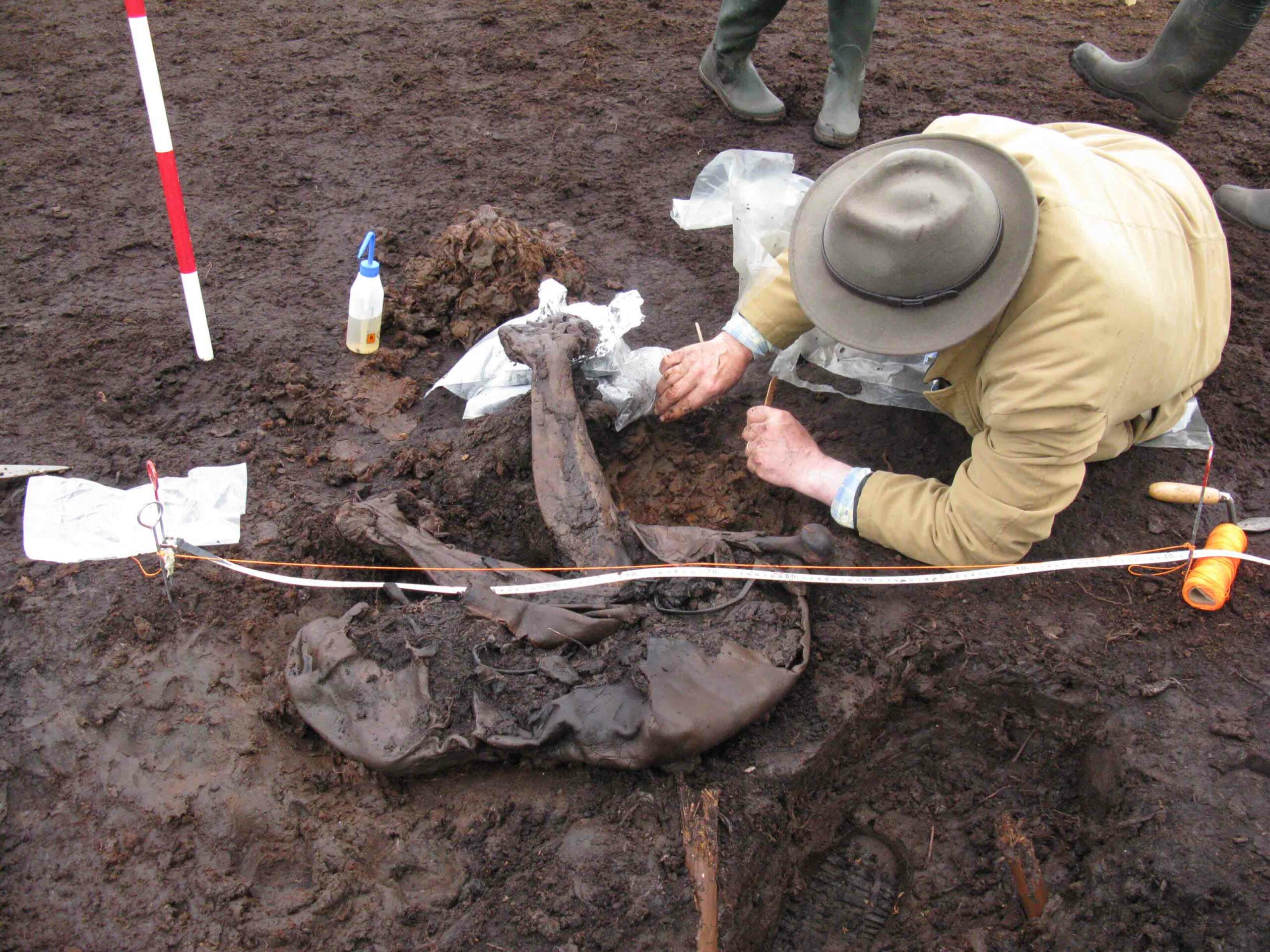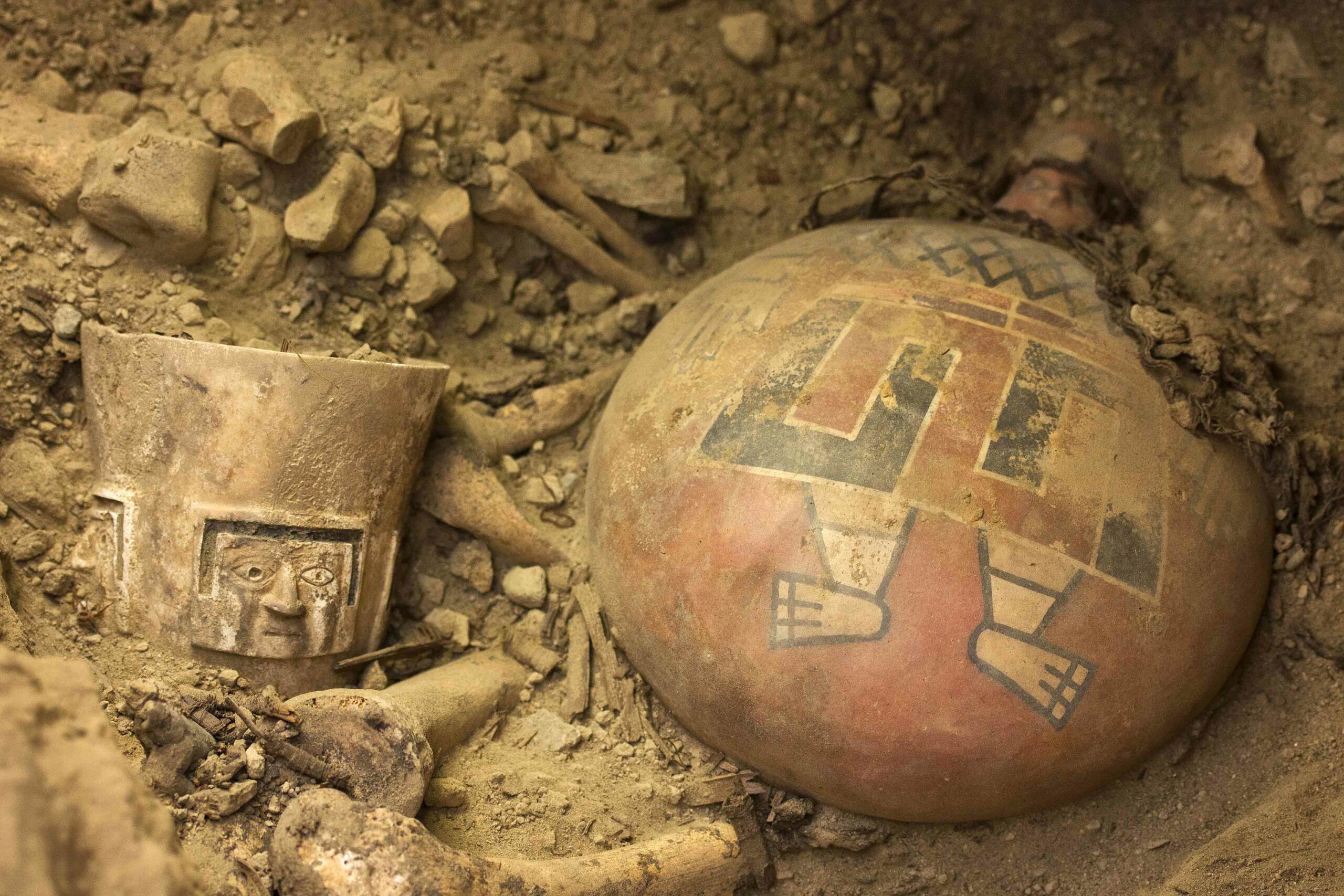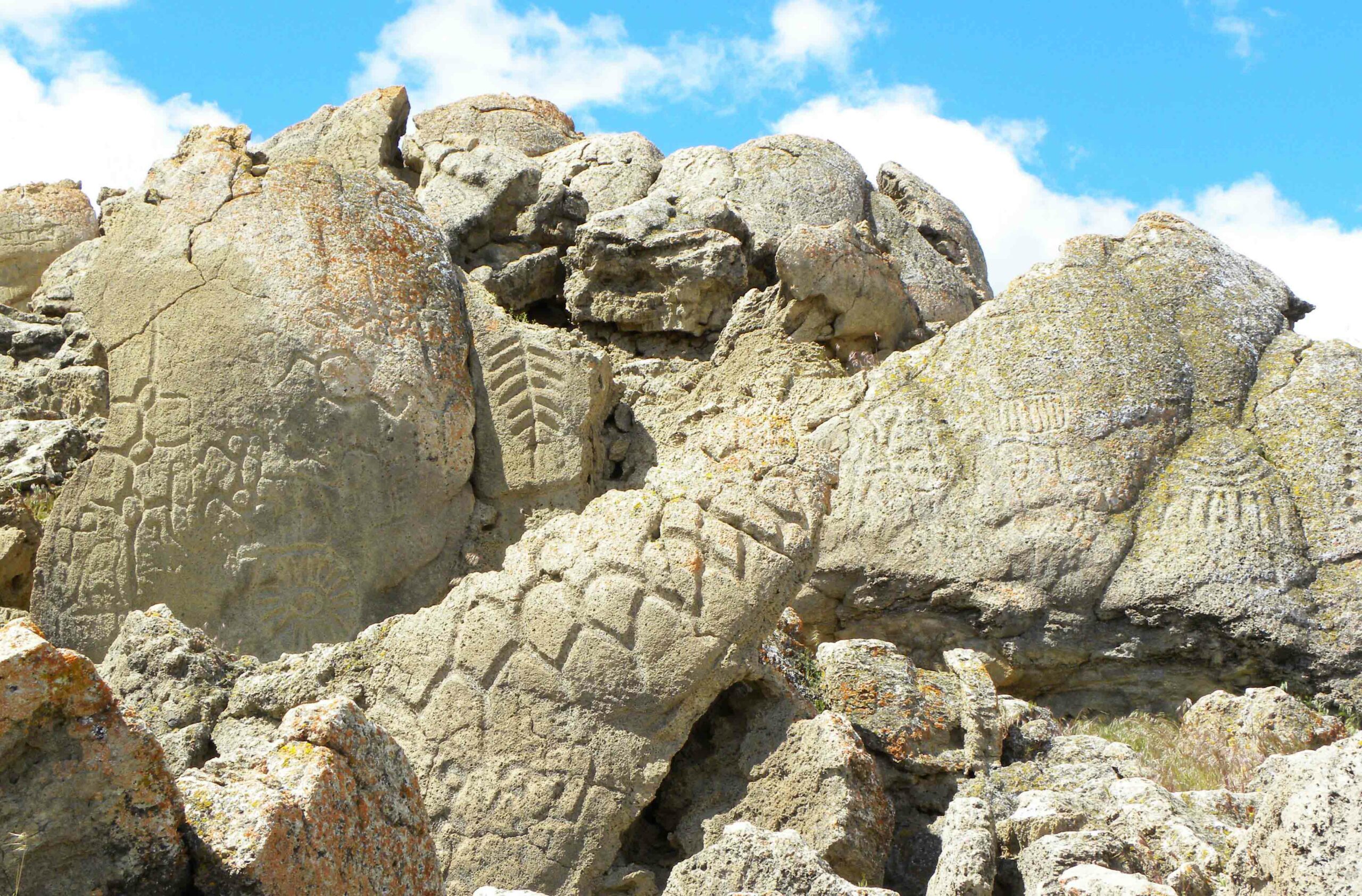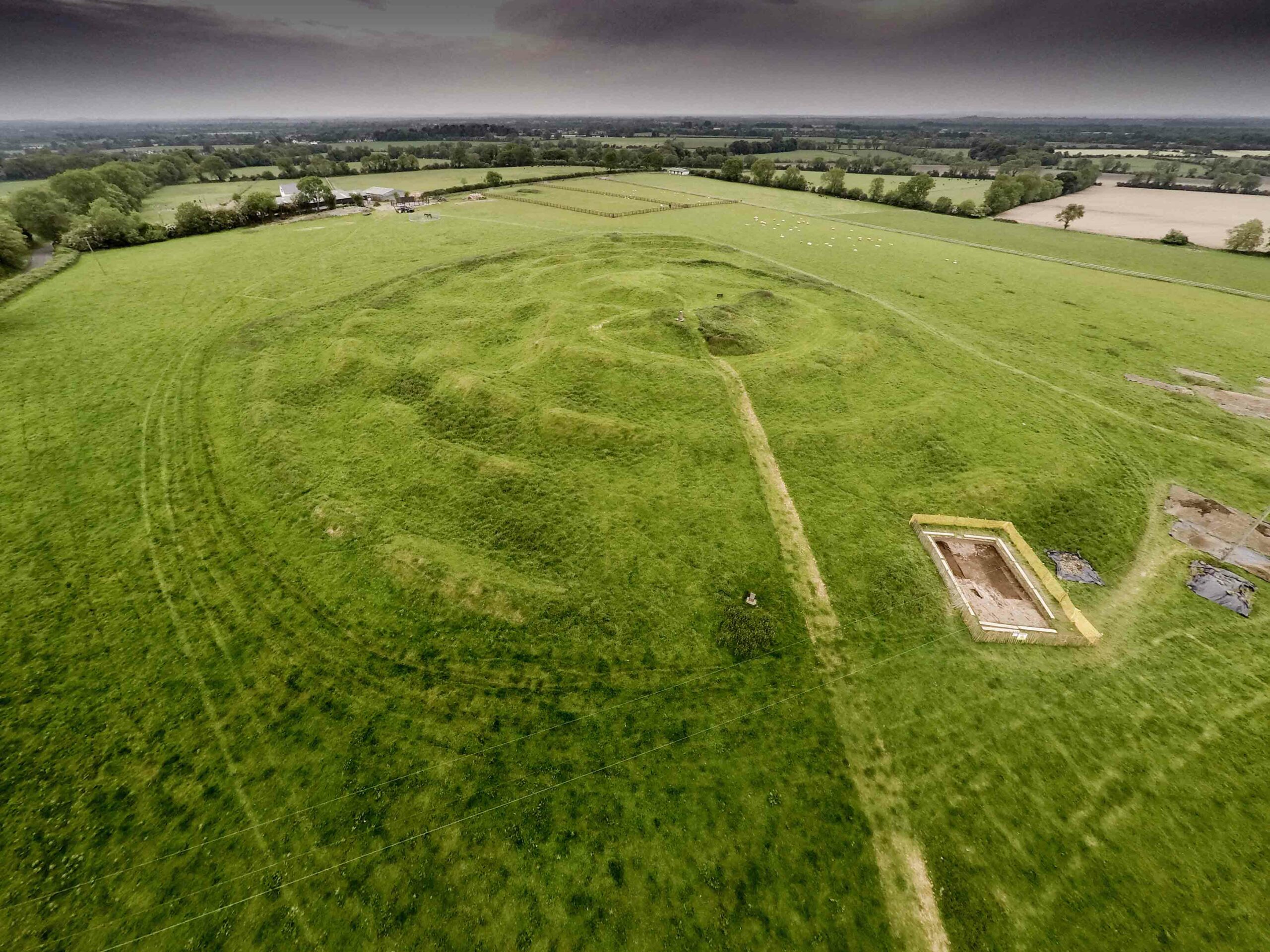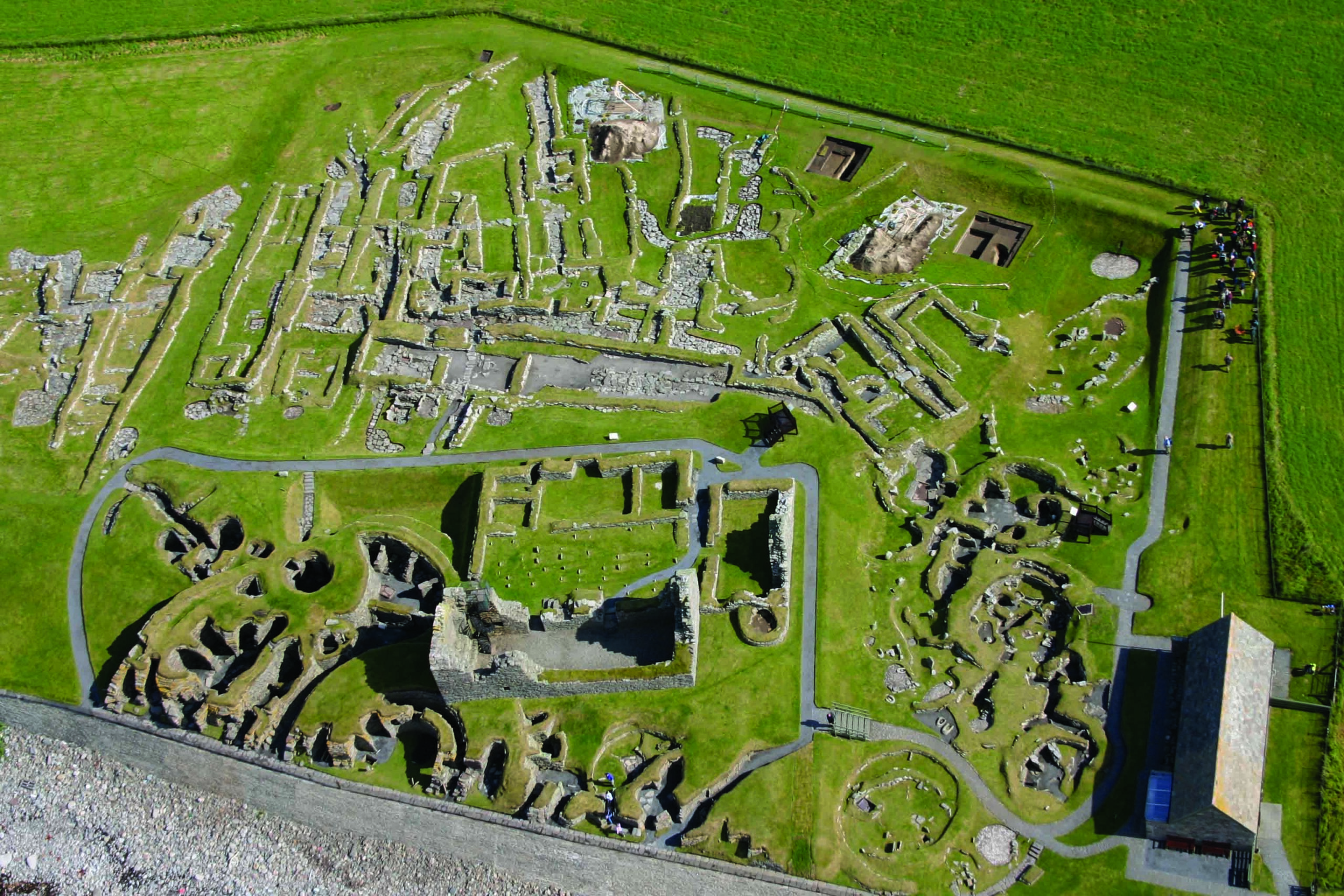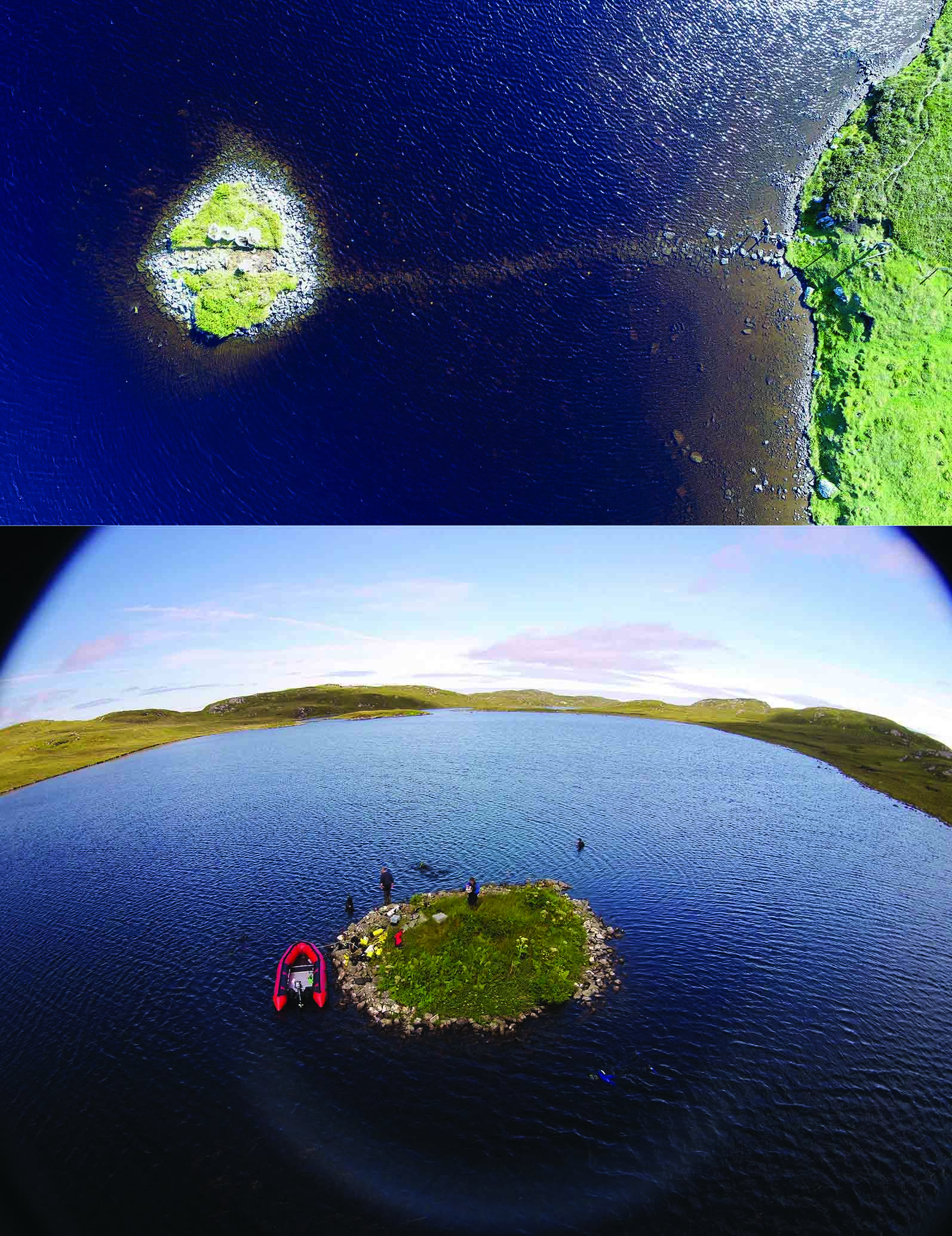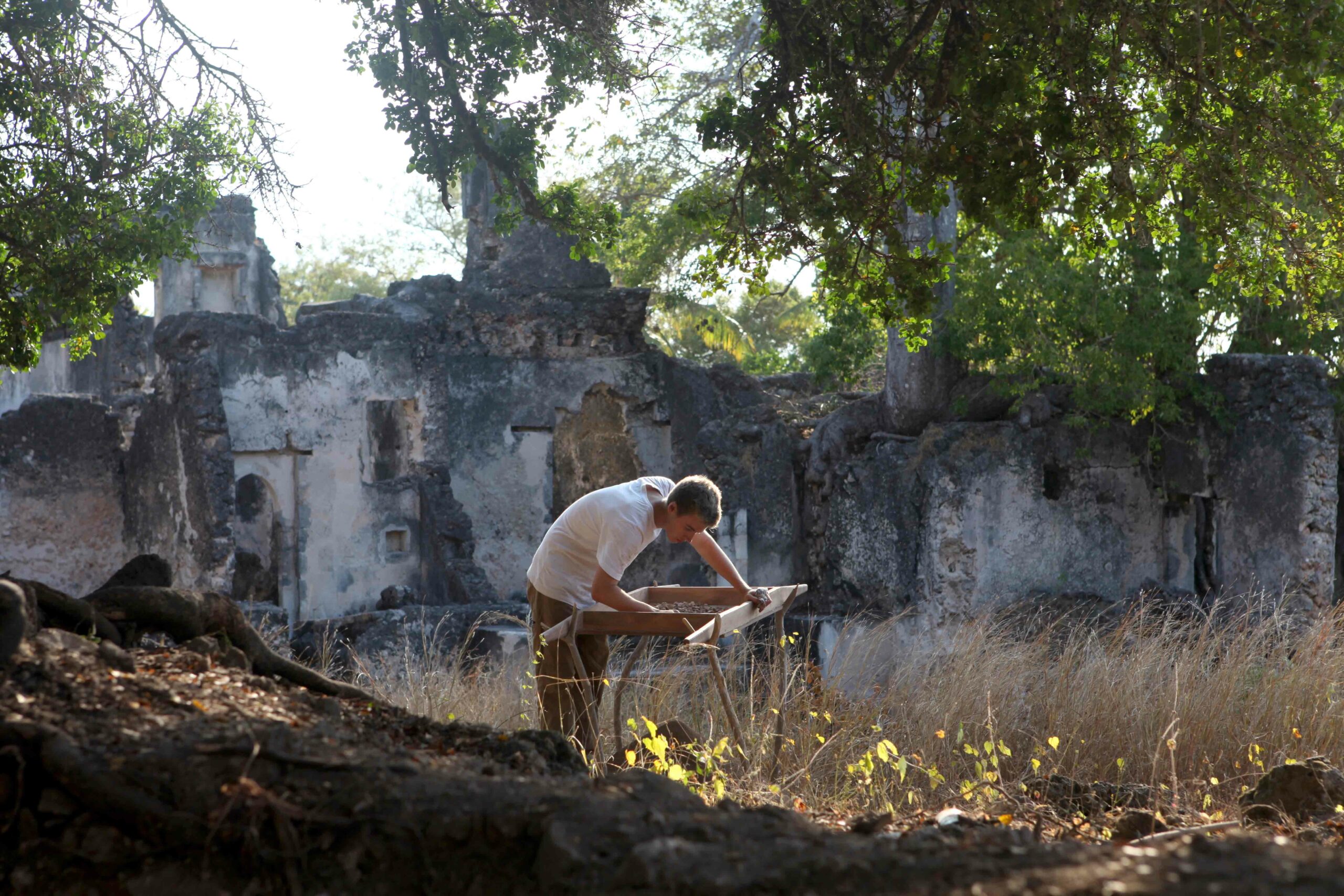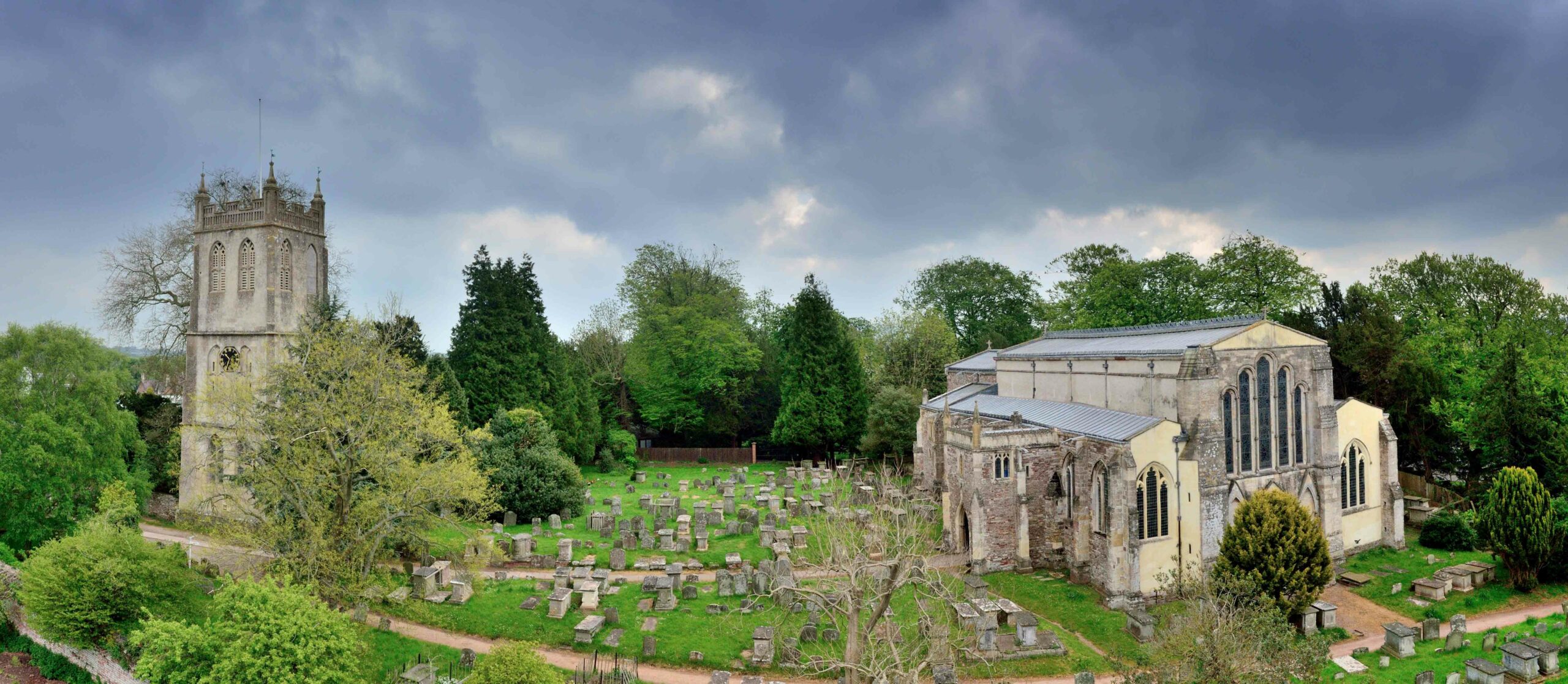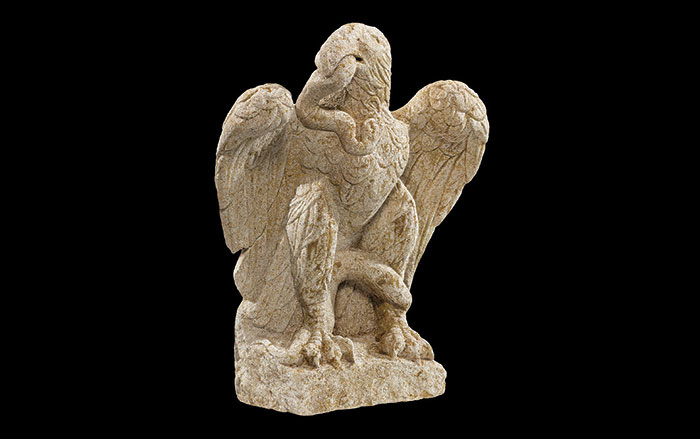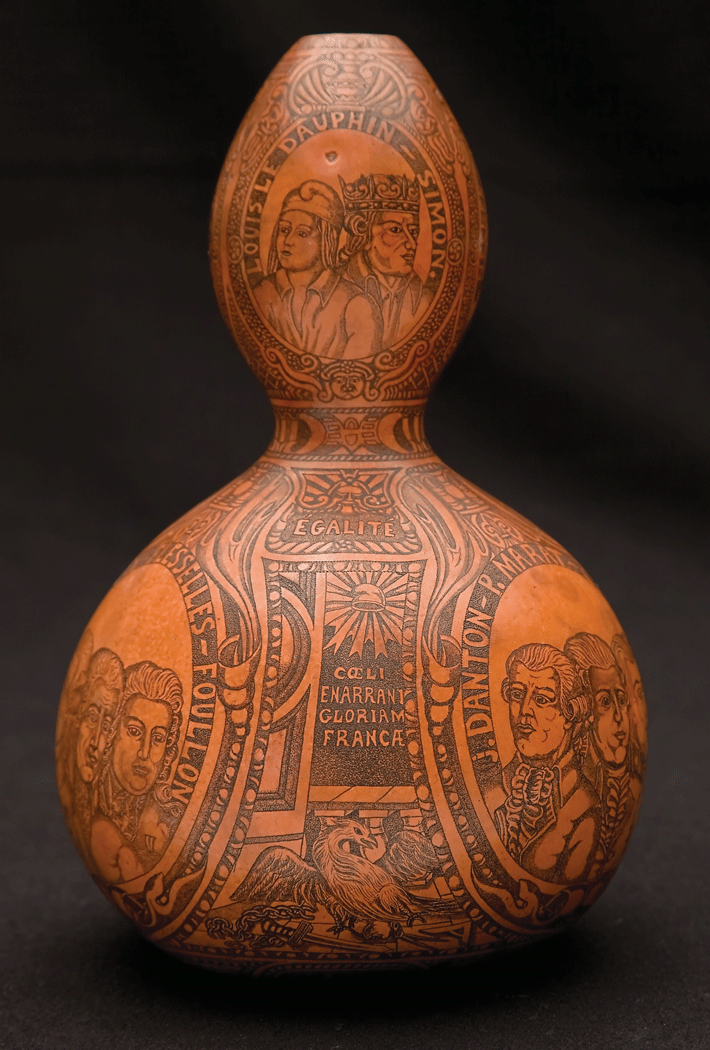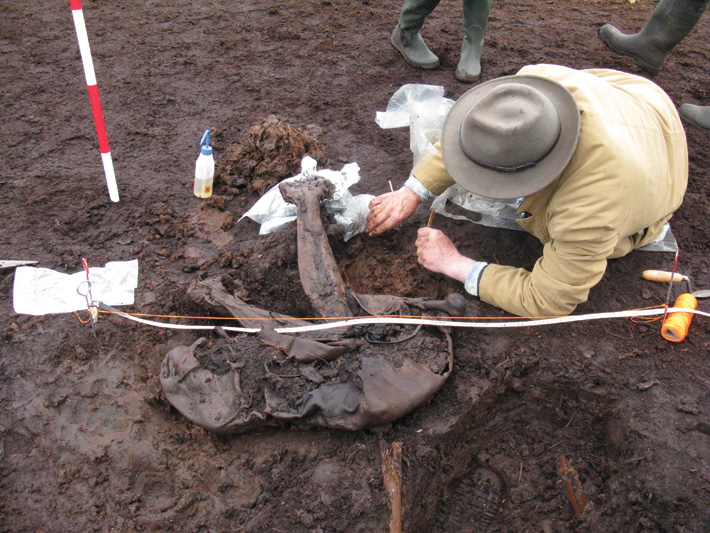
When radiocarbon dating results came in on a body discovered by a peat cutter in the middle of Ireland’s Cashel Bog, they elicited surprise. “Cashel Man” is the oldest fleshed bog body in Europe, predating the former holder of that title by at least 600 years. Cashel Man lived in the Early Bronze Age, around 2000 B.C., and clearly died a violent death. CT scans revealed that his spine was shattered in two places, a sharp blow had broken his arm, and he had been struck multiple times in the back with an ax. Archaeologist Eamonn Kelly of the National Museum of Ireland believes that Cashel Man’s burial on an ancient regional border, and the nature of his injuries, are evidence that the practice of sacrificing young men—a ritual connected with kingship and sovereignty well known from the Iron Age (500 B.C. to A.D. 400)—is 1,500 years older than previously thought.


